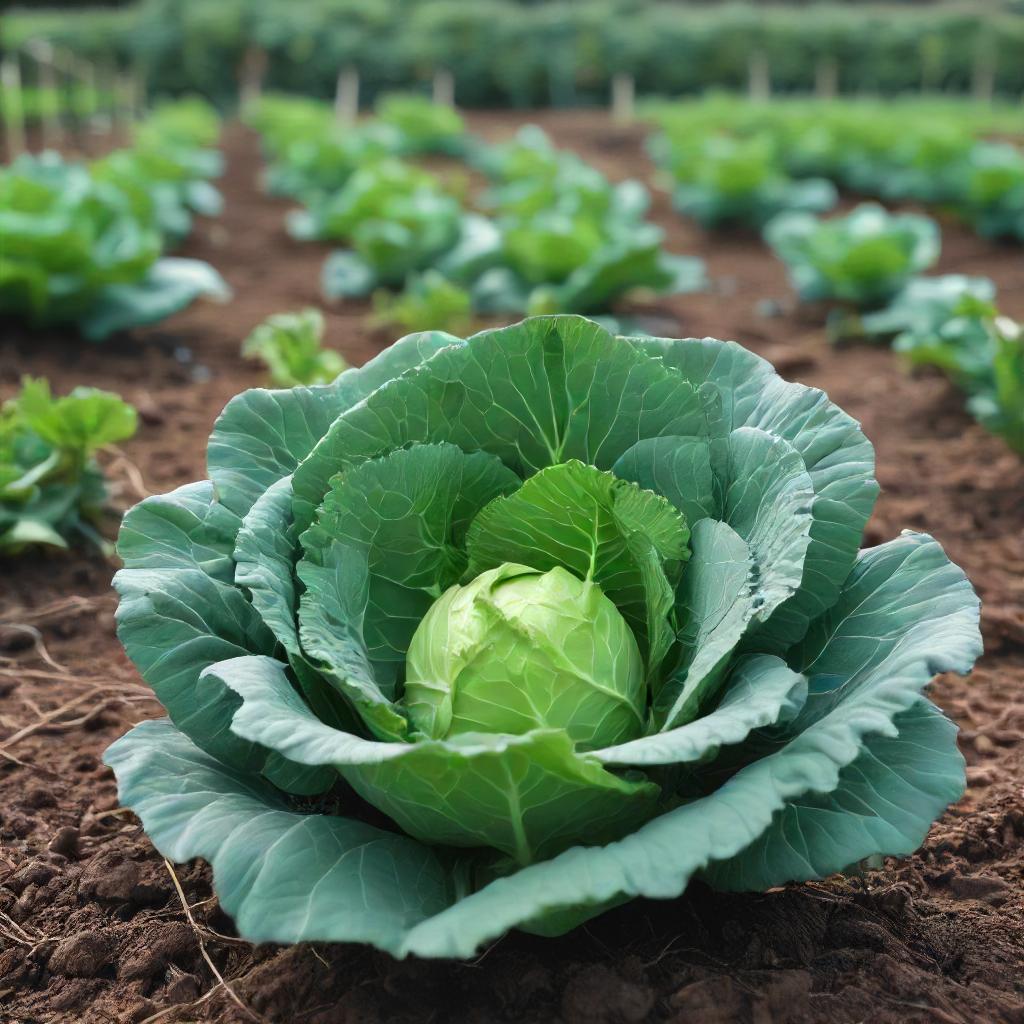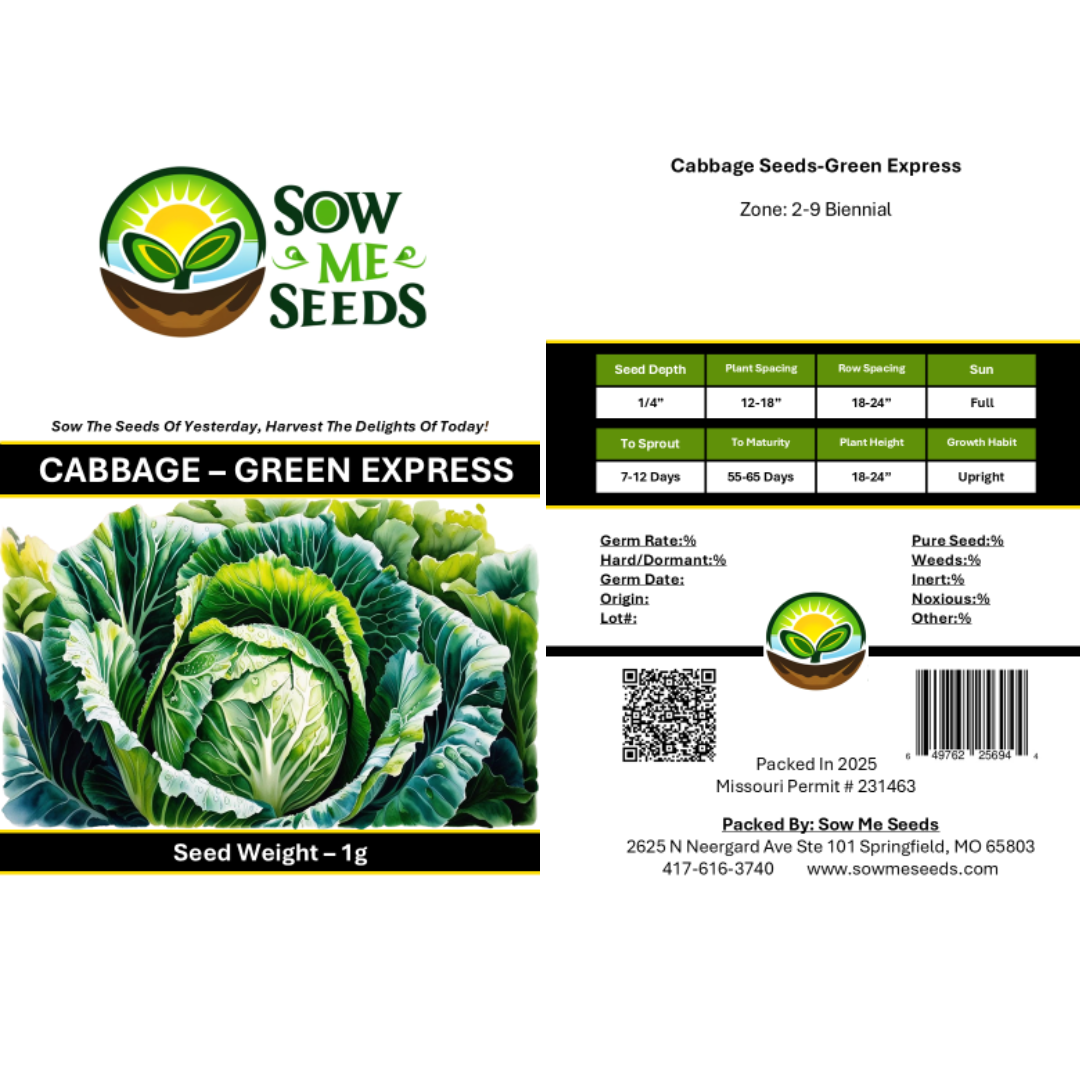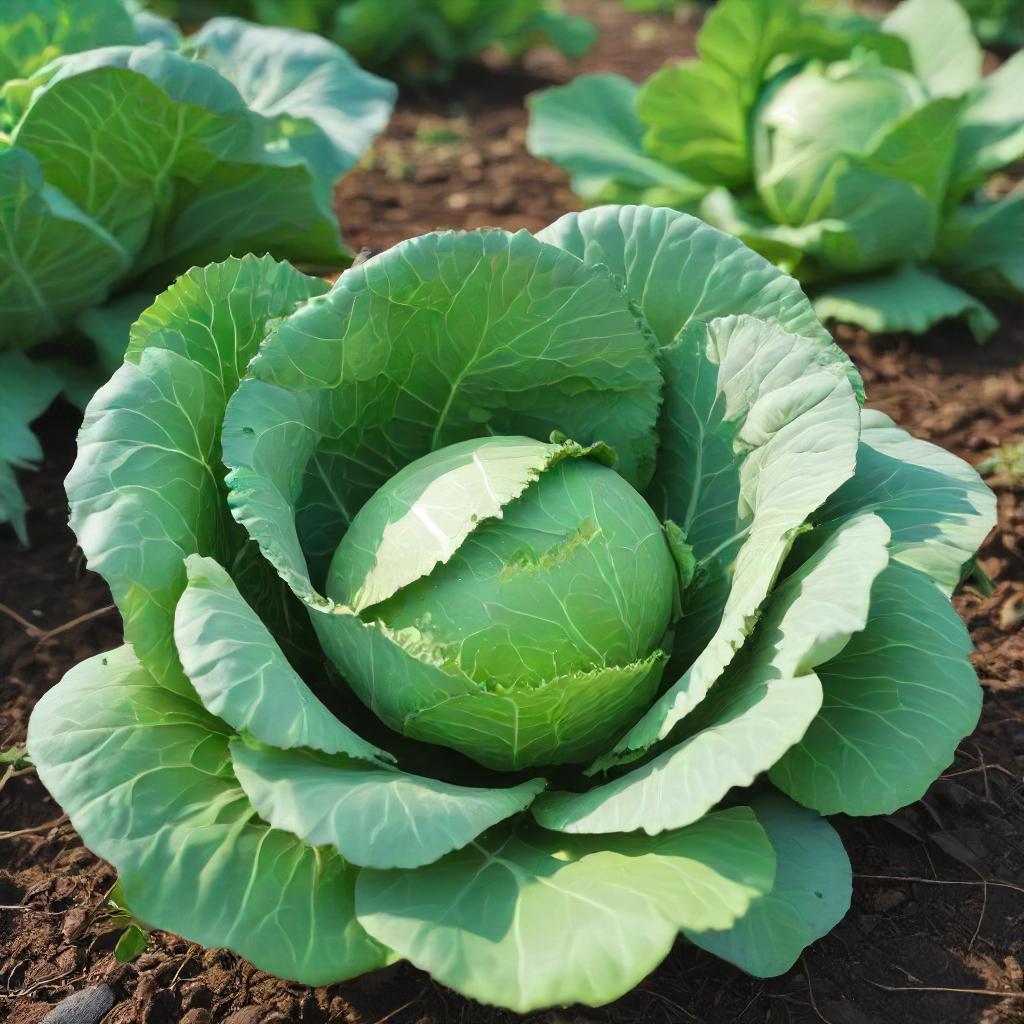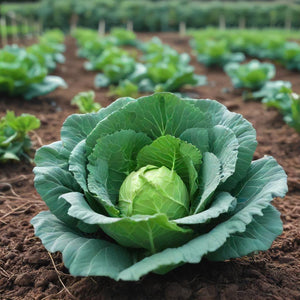- Hardiness Zone: 2-9 Biennial Typically Grown As An Annual
Seed Depth: 1/4 inch
Seed Spacing: 12–18 inches
Row Spacing: 24–36 inches
Sunlight: Full sun
Days to Sprout: 7–12 days
Days to Maturity: 60–65 days
Growth Habit: Upright, compact annual
Sunlight: Thrives in full sun, requiring at least 6–8 hours of direct sunlight daily.
Soil Type: Prefers fertile, well-drained soil with a pH of 6.0–7.5. Amending soil with compost or organic matter enhances growth.
When to Plant: Sow seeds indoors 6–8 weeks before the last frost. Transplant outdoors when seedlings are 4–6 weeks old and temperatures stay above 45°F.
Direct Sowing: In warmer climates, sow seeds directly outdoors in early spring or late summer for a fall harvest.
Indoor Sowing: Sow seeds 1/4 inch deep in seed trays or pots. Transplant when seedlings are 4–6 inches tall.
Succession Planting: Sow every 2–3 weeks for a continuous harvest during the growing season.
Watering: Water consistently to keep the soil evenly moist but not soggy. Mulch around plants to retain moisture and regulate temperature.
Fertilizing: Apply a balanced fertilizer at planting and again mid-season to promote head formation.
Pruning: Remove yellowing or damaged leaves to maintain plant health and prevent disease.
Pest and Disease Control: Watch for cabbage worms, aphids, and flea beetles. Use row covers or organic pest controls as needed.
When to Harvest: Harvest heads when they are firm, compact, and 4–6 inches in diameter, typically 60–65 days after planting.
How to Harvest: Use a sharp knife to cut heads at the base, leaving outer leaves intact for potential secondary growth.
Seed Collection: Allow plants to bolt and form seed pods in their second year. Collect seeds once pods are dry.
Storing Seeds: Store seeds in an airtight container in a cool, dry place.
Why You’ll Love It
Fast Growing: One of the quickest cabbages to mature — perfect for early spring or fall planting.
Compact Heads: Grows smaller, dense heads that are perfect for small households, containers, or raised beds.
Mild Flavor: Tender and sweet, making it ideal for fresh slaws or lightly cooked dishes.
Space-Saving: Tight growth habit allows for close spacing in beds or small garden plots.
Plant Characteristics
Height: 10–14 inches
Growth Habit: Compact, upright with small rounded heads
Head Type: Tight green heads, typically 4–6 inches in diameter
Days to Maturity: 60–65 days
Hardiness: Cool-season biennial grown as an annual
Flavor and Culinary Uses
Flavor: Sweet and mild with tender leaves — especially great for raw use
Culinary Uses: Perfect for salads, coleslaw, stir-fries, and lightly steamed sides
Companion Planting Tips
Good Companions: Beets, onions, celery, and herbs like dill and chamomile
Avoid Planting Near: Strawberries and pole beans
Bonus Benefit: Quick turnaround makes it great for succession planting or early harvest slots
Common Issues and Solutions
Cabbage Loopers: Use row covers or introduce natural predators like parasitic wasps early in the season
Split Heads: Harvest promptly once heads feel firm to prevent cracking after rain
Yellowing Leaves: Feed with compost or a balanced fertilizer during active growth to support head formation
Seeds Per Packet
| 1g | Approximately 240 |
| 5g | Approximately 1,200 |
Why You’ll Love It
Fast Growing: One of the quickest cabbages to mature — perfect for early spring or fall planting.
Compact Heads: Grows smaller, dense heads that are perfect for small households, containers, or raised beds.
Mild Flavor: Tender and sweet, making it ideal for fresh slaws or lightly cooked dishes.
Space-Saving: Tight growth habit allows for close spacing in beds or small garden plots.
Plant Characteristics
Height: 10–14 inches
Growth Habit: Compact, upright with small rounded heads
Head Type: Tight green heads, typically 4–6 inches in diameter
Days to Maturity: 60–65 days
Hardiness: Cool-season biennial grown as an annual
Flavor and Culinary Uses
Flavor: Sweet and mild with tender leaves — especially great for raw use
Culinary Uses: Perfect for salads, coleslaw, stir-fries, and lightly steamed sides
Companion Planting Tips
Good Companions: Beets, onions, celery, and herbs like dill and chamomile
Avoid Planting Near: Strawberries and pole beans
Bonus Benefit: Quick turnaround makes it great for succession planting or early harvest slots
Common Issues and Solutions
Cabbage Loopers: Use row covers or introduce natural predators like parasitic wasps early in the season
Split Heads: Harvest promptly once heads feel firm to prevent cracking after rain
Yellowing Leaves: Feed with compost or a balanced fertilizer during active growth to support head formation
Seeds Per Packet
| 1g | Approximately 240 |
| 5g | Approximately 1,200 |





Share and get 15% off!
Simply share this product on one of the following social networks and you will unlock 15% off!